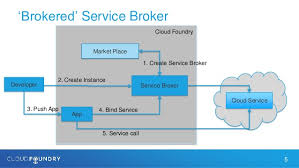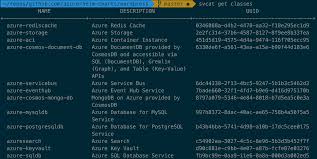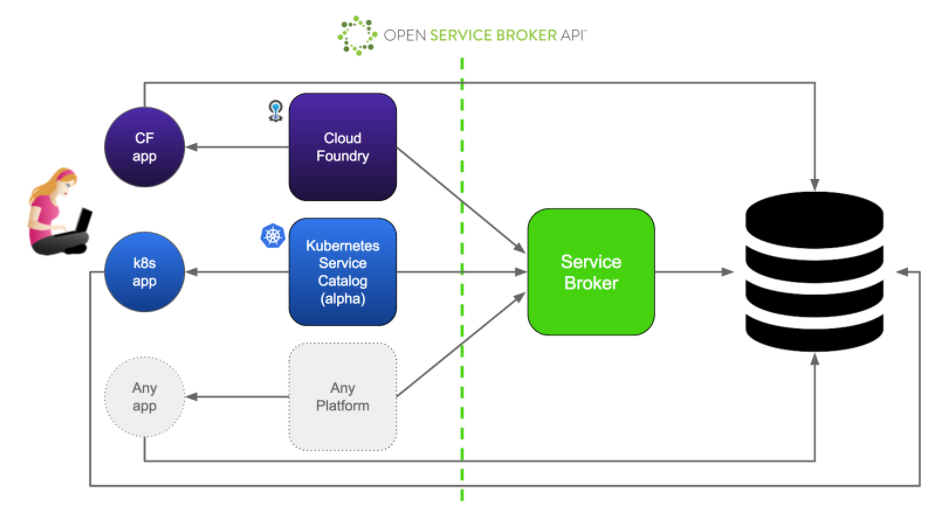SUSE Cloud Application Platform and OSBA
SUSE’s recent support for Microsoft’s Open Service Broker Azure (OSBA) is another big step in making Azure a premium platform for building and running Azure specific, multi-cloud, and hybrid applications. And this is true whether you are running SUSE Cloud Application Platform on Azure, directly on AKS, or on Azure Stack.
What am I talking about? I am referencing the ability to use and bind services through Microsoft’s Open Service Broker Azure directly from SUSE Cloud Application Platform. To understand the impact the OSBA has, let’s look at what SUSE Cloud Application Platform is and how it leverages and needs access to native services.
Simply stated, SUSE Cloud Application Platform is a tailored solution that lets developers build and deploy cloud native applications at any scale. It does this by taking the code developers write and in a single automated step, compiling, packaging, configuring, and deploying it as an application that can be scaled up, down, in, or out. In fewer words, Cloud Application Platform takes what is typically stateless code and creates sets of images that it then deploys as sets of managed containers.
What SUSE Cloud Application Platform is doing for stateless code has real value, especially for developers. But for the most part, to make applications truly useful, one typically needs to account for services that are external to the deployed application.
 An example might be a web application that needs to interact with MySQL, PostgreSQL, Redis or some other external service to gather and store information.
An example might be a web application that needs to interact with MySQL, PostgreSQL, Redis or some other external service to gather and store information.
Maybe you have built an intermittently bandwidth hungry web application. With SUSE Cloud Application Platform, your application is built and deployed as a set of managed containers. This makes it easy for the platform to scale the web application in or out as needed. But for your application to operate as you need, lets assume the web application needs to access and store its data in an external Azure native MySQL data repository. To make this process easy, both Kubernetes and Cloud Foundry platforms have defined a standard ‘broker’ API (OSBAPI) that allows these easily scaled container applications to bind to and interact with external services like MySQL. And this is what OSBA is. It is a broker that makes binding with external Azure native services easy.
Open Service Broker Azure is an OSBAPI compliant broker that allows access to numerous native services on the Azure platform. With this broker, applications running on Azure can access a rich set of Azure based services as needed.
There are numerous services available with this broker. To see a list of them, check out the github page: https://github.com/Azure/open-service-broker-azure
Today there are Stable Services 
and Experimental Services
- Azure CosmosDB
- Azure Event Hubs
- Azure Key Vault
- Azure Redis Cache
- Azure Search
- Azure Service Bus
- Azure Storage
- Azure Text Analytics (Cognitive Services)
The result, with SUSE Cloud Application Platform and its OSBA support these Azure native services are now transparently easy to use and interact with. Your Azure deployed applications will be able to easily bind to these target services while your code is still run as sets of scalable and managed containers. 
To use the OSBA when building SUSE Cloud Application Platform applications, check out the OSBA docs at: https://github.com/Azure/open-service-broker-azure/blob/master/contrib/cf/README.md
Related Articles
Feb 13th, 2024
Cloud Computing vs. Edge Computing
Jun 21st, 2022
Manage without Disruption: Introducing SUSE Manager 4.3
Feb 27th, 2024
No comments yet